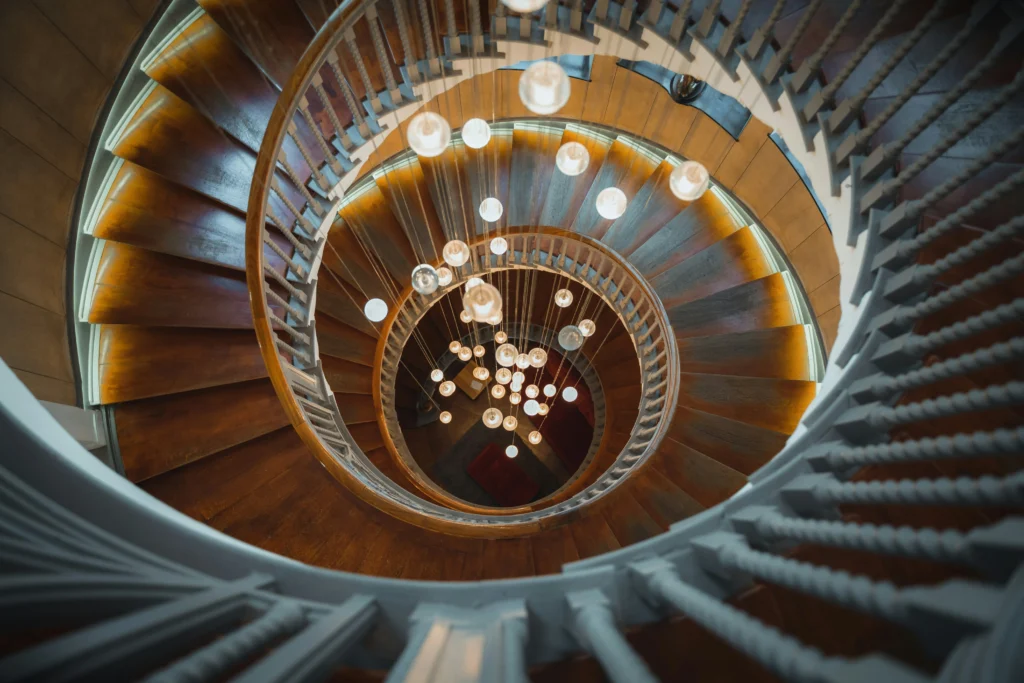
The new status symbols in hospitality? Rest, rituals and brain-friendly spaces. Here’s how hotels are getting it right
Wellness has evolved from buzzword to business model, and nowhere is that more evident than in the tourism industry.
According to RLA Global’s 2025 Wellness Real Estate Report, hotels with strong wellness offerings are outperforming peers in top-line revenue—driven largely by non-room ancillary spend, or the money guests spend beyond their nightly stay. But staying competitive requires more than just adding a spa menu.
Major Wellness hotels (defined as generating at least $1 million in annual wellness revenue or 10% of total revenues) saw Total Revenue Per Available Room (TRevPAR) more than double that of properties with no wellness offering in 2024. In the upscale category, such properties even surpassed luxury hotels in total revenue performance.
Yet despite strong demand, profitability remains under pressure due to rising labor costs and inconsistent monetization strategies, the report notes. That’s why it’s worth examining how leading wellness properties are getting it right, and where others can catch up.
Here are some of the strategies helping hotels stand out:
Sleep Is the New Status Symbol
Sleep is emerging as the defining experience for luxury guests. According to the report, 92% of travelers consider a comfortable bed essential to a quality hotel stay. Major brands are taking note: hotels equipped with air purification systems, climate-controlled beds and minimized ambient noise are generating guest loyalty.

“Guests may not remember the exact details of their suite’s design, but they will always remember how well they slept,” FreshBed CEO Barry van Doornewaard said. “By prioritizing sleep quality through cutting-edge sleep technology and wellness-focused design, hotels and real estate developers can create an environment where people feel truly recharged – ensuring they return time and time again.”
Experiences Over Opulence
Much like the fitness industry’s pivot from aesthetics to longevity, today’s travelers are increasingly willing to trade opulence for meaningful experiences, access to nature and offerings that genuinely support their health and well-being. In real estate and hospitality, that means programming centered on preventive health, biohacking, and mental well-being, delivered in environments grounded in ergonomic and biophilic design.

“Longevity is redefining the future of hospitality and real estate,” The Estate founder Sam Nazarian said. “Today’s luxury consumer isn’t just looking for square footage or five-star finishes—they’re seeking spaces that actively support their health, vitality and longevity.”
Simplifying Wellness
One of the clearest shifts in wellness is a return to the basics. Guests are no longer chasing flashy treatments or high-tech diagnostics; they’re seeking grounding rituals that restore a sense of balance, such as cold plunges, fresh air, natural movement and mindfulness.

Incorporating natural light, organic materials and rooms designated for relaxation and restoration is key, according to the report.
“Fostering a connection with nature, encouraging health-promoting physical activity and supporting spiritual well-being through practices like mindfulness, yoga and wholesome eating can significantly enhance a person’s overall well-being,” Dr. Isaac Mathai, founder of Soukya, said. “Properties that offer any or all of these elements can profoundly impact long-term health.”
Brain-Friendly Spaces
The next frontier in wellness hospitality isn’t always a treatment; it could be as powerful as the room itself. More hotels are adopting neuroarchitecture and biomimicry, design philosophies based on neuroscience and nature, to craft spaces that support mental clarity and emotional balance.

What does that look like in practice? Think spiraling staircases, flowing water features, and canopy-inspired ceilings, which are elements that subtly calm the nervous system, according to the report. Guests may not be able to name what’s different, but they feel it. Most of all, it can translate into higher satisfaction scores and stronger brand loyalty.

